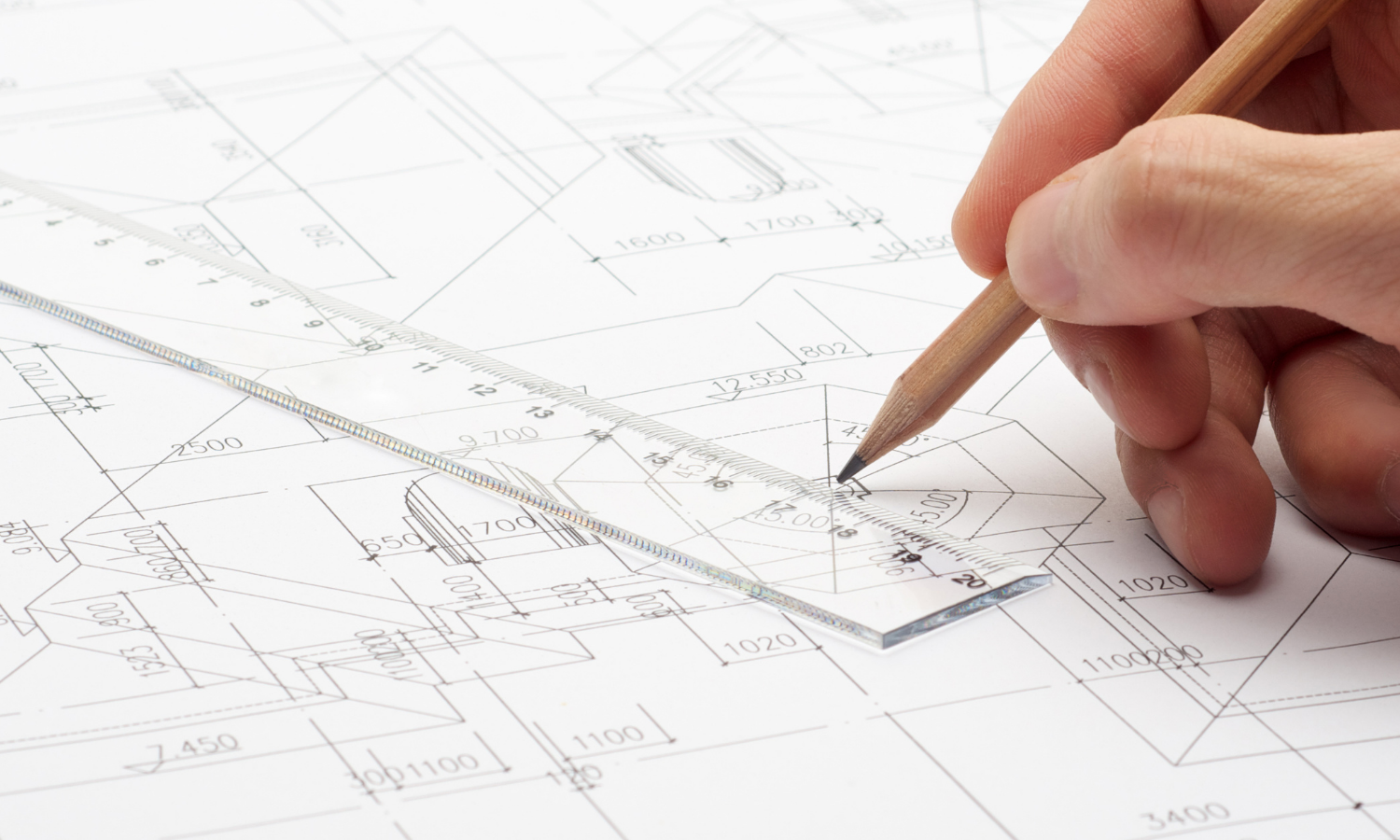Your name plate, decorative trim piece, or functional component has been designed and is ready to go. Now what? This blog focuses on what to do after the design is complete. Imagine you have to actually implement said design into the end product? Now imagine you’ve never done anything like this before? Whoa! You’re probably thinking, “This seems like an impossible task! Where do I start?” Rest assured, with LaFrance, anything is possible. Below are the 5 key areas every engineer should know about when implementing componentry designs into the final product.
1) Design for Manufacturability
Designing for manufacturing is kind of in a league of its own which is why it’s #1 on our list. Designers do a phenomenal job creating something that looks and feels beautiful while also making sure it complements the overall product design aesthetics. Then their job is over and the even harder part begins. Realistically, can the part be made the way it is currently designed? If adjustments are needed, will the design vision be altered? Is that alteration acceptable? How do you take that design and integrate it into the housing? The answers to those questions all start with understanding how the part needs to be designed mechanically. You can’t ensure proper fit, function, and performance over the product’s lifetime if you don’t answer those questions first. By addressing any design adjustments required at the onset, the program will be much easier to manage.
2) Housing Material
This could seem like a no-brainer, but knowing the physical make-up of the end product’s material and how it behaves is a critical element. Is it the type of plastic that can shrink after injection-molding has occurred? Is the material smooth or does it have a texture? Believe it or not, these factors matter when recommending which materials are most compatible to use for name plates or trim pieces. Our wide breadth of knowledge in a variety of industries allows our engineers to work with you in determining which materials and treatments will work best with your products’ housings.
3) Assembly Methods
There are dozens of ways to attach a secondary piece to ensure product performance remains uncompromised. Does the housing have a recessed pocket? Is a locating stud needed to help properly affix a circular part to avoid any unwanted rotation during assembly? Which adhesive provides the best bond to guarantee proper placement for the product’s life? Will the part serve as a functional actuator within the user interface? These questions might seem overwhelming, but all are necessary to consider when determining the best method for assembly once that final design has been handed to you. Luckily, we have extensive knowledge in the many ways assembly can occur. We’ll draw upon our decades of experience to ensure the right method is chosen for your needs.
4) Durability Requirements
The design might look gorgeous, but did the design firm your company used to create it take into account it has to withstand abrasion, salt spray testing, and hours of UV exposure? Durability is one of the most important elements engineers manage and it is often not an easy task. It can be difficult to reconcile the finish the designer has fallen in love with and the fact that a stiff breeze could remove it from the part. Not to worry. We’ve honed the horizontal and vertical expansion of our product offering to evolve with the requirement in today’s environments. With unmatched experience, we’ll recommend the right finish that meets all the durability requirements of your end product and helps differentiate your brand in the marketplace.
5) Transition to Mass Production
LaFrance pays special attention to you and/or your product builders during pre-production builds. We make tweaks throughout pre-builds to refine every aspect from color-matching to adhesive strength, resulting in a seamless transition to mass production. Once in mass production, we monitor our manufacturing processes closely to ensure consistent output from beginning to end of your production run or runs. We can also oversee assembly at your product builders and offer assembly fixtures or other assistance to help with a smooth transition.
A well-engineered design is critical to product success. From initial feasibility reviews to sound mass-production pieces, we collaborate from start to finish. We can’t wait to start collaborating with you! To speak to someone about turning your branding vision into reality, please complete our form. We look forward to working with you!


Leave Comment